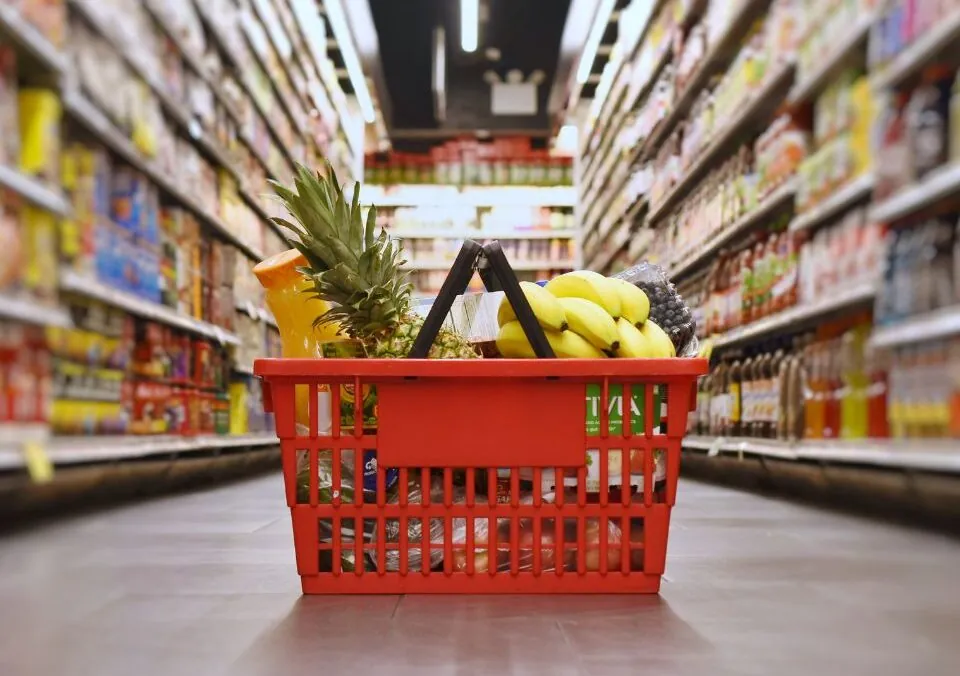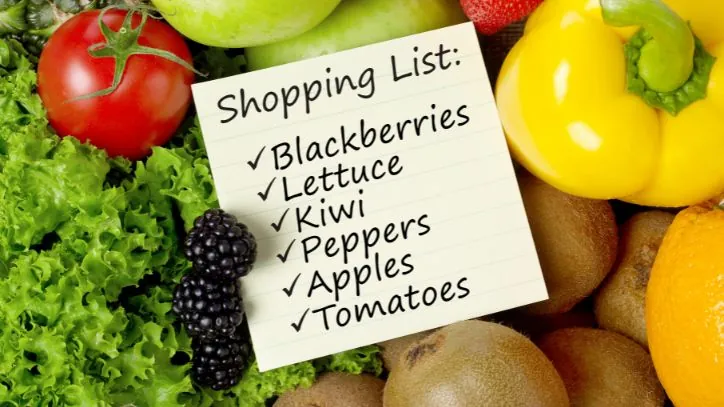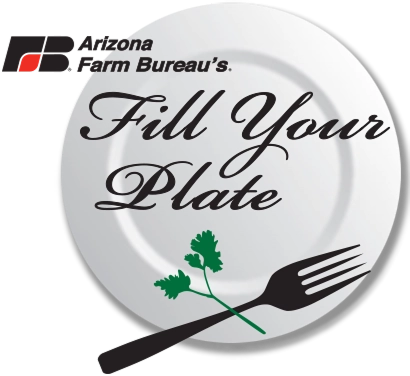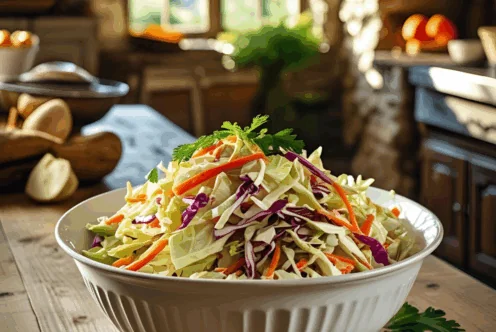Blog
Resisting Temptation: Sometimes Shopping Can Cause Us to Break Our Diets

Let’s be real—sticking to a healthy diet when you’re grocery shopping can feel like walking through a minefield. Sure, the store’s stocked with nutritious options, but it’s also packed with aisle after aisle of sugary, carb-heavy junk food just begging you to give in. So how do you stay strong, shop smart, and leave with only the foods you meant to buy—without surrendering to those pesky cravings? Keep reading for the latest tips to help you win the grocery store game!
Registered dietitian Sherrie Shen recently shared her top strategies for staying on track with your health goals while navigating the supermarket. Here’s what she recommends, updated with fresh insights.
Don’t Shop Hungry—Seriously, Eat First
Shen’s number one rule hasn’t changed, and it’s backed by new research: never hit the store on an empty stomach. A 2024 study from the Journal of Nutrition Behavior found that shopping while hungry increases impulse buys by 23%, especially for high-calorie snacks. This phenomenon occurs because, when you’re starving, that bag of chips or candy bar starts looking like a lifeline. Therefore, she suggests eating a small, protein-rich snack—like a handful of nuts or a Greek yogurt—before you go. This pre-shopping ritual will help keep your cravings at bay and you’ll be far less likely to derail your diet.
Healthy snacks provide you with sustained energy, preventing those drastic mood changes that can lead to poor grocery choices. Think about stocking your pantry with some easy-to-make protein-rich snacks, and don’t forget to hydrate! Sometimes, our bodies confuse thirst with hunger, leading us to munch unnecessarily.
Make a List (and Check It Twice)
Shen’s advice on planning ahead is still gold, but she’s added a modern twist: use your phone. Grocery list apps are incredibly helpful for keeping your shopping organized. Before you shop, take a quick scan of your fridge, freezer, and pantry, then jot down what you need in a notes app or a grocery list tool. The power of a list cannot be underestimated—it’s like having a roadmap to guide you. Stick to the essentials—skip the “maybe I’ll try this” extras.
Using a list helps prevent wandering into those tempting end-cap displays that can derail your intentions. At the store, pull up that list and let it guide you past the tempting add-ons, ensuring you’re only picking up items you need. Additionally, this keeps your budget in check, too. Setting a monetary limit for your shopping trip can further prevent impulse buys. Consider establishing a weekly spending plan, so you never feel blindsided at the checkout.

Hug the Perimeter (It’s Where the Good Stuff Lives)
This tip from Shen remains a game-changer, and it’s truer than ever. Grocery stores are designed with fresh, whole foods—like dairy, produce, meat, and bakery items—around the edges, while the inner aisles are a processed-food jungle. A recent supermarket layout analysis confirmed that 80% of perimeter items are unprocessed or minimally processed, compared to just 30% in the center. Therefore, when you walk in, prioritize a loop around the store’s perimeter to ensure you’re filling your cart with healthier choices.
Furthermore, focus your attention on seasonal fruits and vegetables; they are typically fresher and more affordable. You might discover that indulging in a colorful plate of fresh produce can actually satisfy your cravings without leading you astray. Plus, cooking with seasonal ingredients can enhance the flavors of your meals, keeping your diet diverse and exciting.
Read Labels Like a Detective
Shen’s still big on label-reading, but she’s updated her advice with a 2025 edge: focus on added sugars and sneaky ultra-processed ingredients. New FDA guidelines rolled out this year make nutrition labels clearer, spotlighting added sugars and total carbs upfront. This is a massive benefit for shoppers seeking to make informed decisions about their food purchases.
As you scrutinize the ingredient list, remember that fewer items and names you recognize (like “oats” or “almonds”) beat a paragraph of lab-made additives. It’s crucial to actively avoid products laden with unnecessary fillers, preservatives, or artificial flavors that can undermine your health goals. Being well-versed in ingredient terminology can help you identify products with healthier profiles.
Consider using a nutrition app while you shop to quickly assess the nutritional value of products—these apps can simplify the label-reading process considerably.
Stay Educated: Knowledge is Power
Education is a fundamental component of informed grocery shopping. Take the time to research nutrition information and understand the impacts of various food choices. Websites such as Nutrition.gov offer a treasure trove of reliable information that can deepen your understanding of what you’re putting into your body.
Universities and nutrition clinics often provide workshops and seminars that can sharpen your shopping skills and nutritional knowledge. The more informed you become about food sources, nutritional benefits, and potential health pitfalls, the more empowered you will feel when making choices in-store.
Use the Power of Technology to Your Advantage
In addition to grocery list apps, consider exploring meal planning applications. These apps can help you plan healthy meals in advance, making it easier to concoct a balanced diet while reducing food waste. They often include features for generating shopping lists based on your meal plans, making grocery shopping a breeze.
By leveraging technology, you can create a virtual dietitian that provides personalized dietary recommendations to help you meet your specific health goals. Many meal-planning apps allow for filtering recipes based on dietary preferences, making it easier for you to stick to your eating plan.
Shop at Off-Peak Hours
Another strategy to reduce temptation while grocery shopping is to choose off-peak hours for your excursions. When stores are less crowded, you’re less likely to feel rushed or overwhelmed, which can lead to making impulsive decisions. Aim for early mornings or late evenings, typically mid-week when shoppers tend to be fewer.
With fewer distractions, you can remain focused on your grocery list and come back home without any extra items sneaking into your cart. Stress-free shopping experiences lead to more thoughtful purchases.
Beware of Marketing Tricks
Understanding marketing tactics used in grocery stores can help shield you from overspending. Product placements, misleading labels, and promotional displays are common strategies that encourage impulse buys. For example, items at eye level are often intentionally placed there for maximum visibility and increased sales.
Be suspicious of products labeled as “healthy,” as they might still be laden with sugar or unhealthy fats despite their benign packaging. Take the time to assess products critically rather than succumb to marketing gimmicks. Not every item with a green label is a healthy choice!
Enlist a Shopping Buddy
Shopping with a friend or family member can be beneficial, especially if they share similar health goals. Having someone along can provide accountability and encouragement to stick to your healthy food choices. Plus, sharing your thoughts and experiences while aiming for a common goal can add a layer of fun to the shopping process.
Moreover, discussing different foods can also expand your horizons and increase your willingness to try new things. You might discover new favorites that you would have otherwise overlooked!
Keep the Focus on Whole Foods
Remember that the goal of a healthy diet should center around whole foods. Incorporate a variety of colorful fruits and vegetables, lean proteins, and whole grains into your shopping trips. These products will nourish your body and contribute positively to your overall health. By prioritizing whole foods, you’re building a strong foundation for a healthier lifestyle.
Make a habit of exploring new items and brands that center around whole foods, experimenting with them in your meals later. Perhaps trying a new grain like quinoa or a seasonal vegetable could inspire fresh culinary creations in your kitchen.
The Power of Portions
Understanding how much food you actually need can help lift the burden of overbuying. When stores offer bulk items or family-size packages, it can be tempting to stock up. However, without portion control, those large amounts can contribute to food waste or unhealthy eating habits later on. Portion control guides can offer invaluable assistance.
Invest in reusable smaller containers to help with meal prep and portioning, ensuring your servings align with your dietary goals. Establishing control over portions translates to both healthier eating and reduced waste, which is an added plus.
Build a Supportive Environment
Once your pantry and fridge are stocked with healthy food choices, ensure that these good choices are easy to access. Place fresh fruits on the countertop and pre-cut vegetables in clear containers at eye level in the fridge. When healthy foods are more visible and accessible, you’re more likely to choose them over less healthy options.
Engaging family members in the journey towards healthier eating is also a smart move. Create a family meal plan, encouraging everyone to contribute ideas for several meals. This collective effort will foster teamwork and reinforce healthy eating within your household.
Conclusion
Staying true to your health goals at the grocery store can be challenging, but it’s entirely doable with a little preparation and willpower. These proactive steps—eating first, creating a list, sticking to the store’s edges, decoding labels, leveraging technology, and fostering a supportive environment—will help keep those temptations at bay. With these strategies in place, you’re way more likely to return home with only nourishing foods that align with your healthy eating aspirations.
So arm yourself with these tips, step into your next grocery trip with confidence, and enjoy the journey toward a healthier lifestyle. You’ve got this! For more resources, including recipes and meal plans, swing by the Fill Your Plate blog!
By incorporating the outlined strategies, along with continual education on nutrition and vigilant shopping behaviors, you can turn grocery shopping from a potential minefield into a fruitful harvest of health. Happy shopping!


















